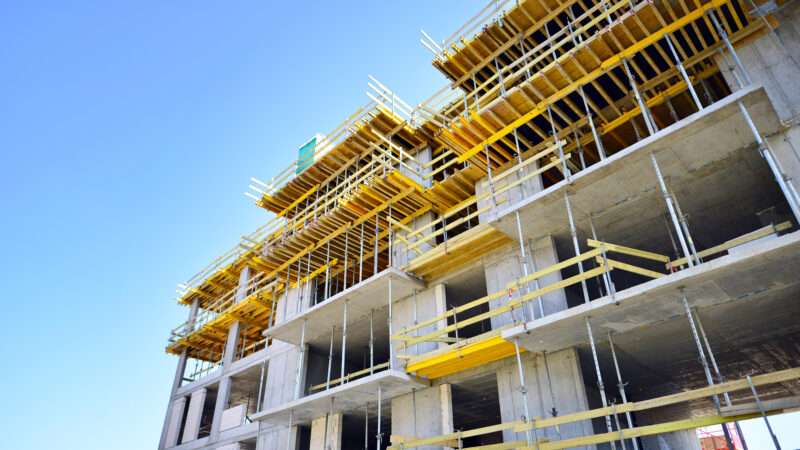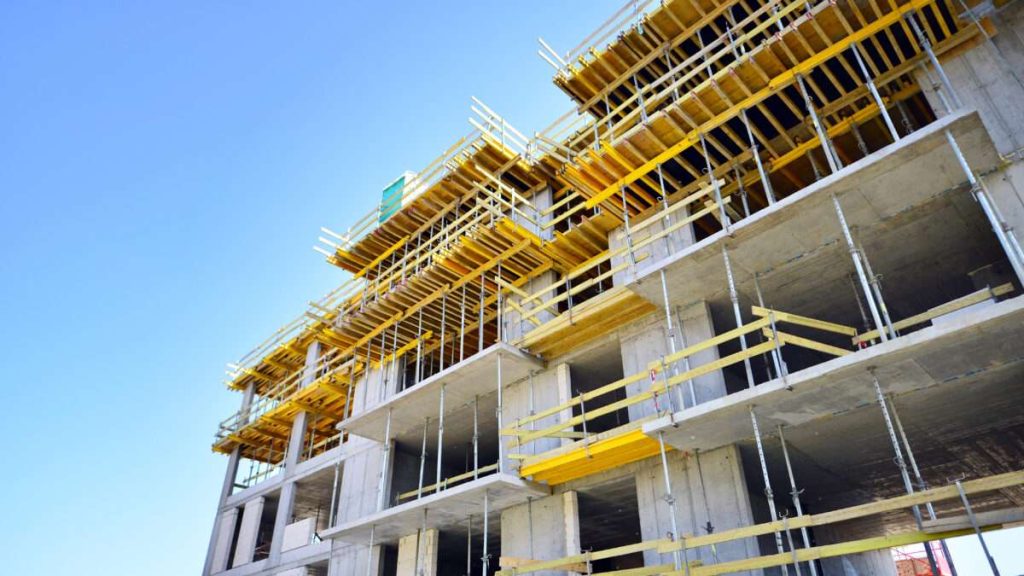
Zoning cops have a knack for blocking affordable housing, but in Troy, New York, regulators greenlit an 11-unit apartment building on a vacant lot. Just as construction was about to kick off, however, the project ran up against a different, familiar hurdle.
Concerned neighbors—who already have housing—filed a lawsuit to keep outsiders out. Rather than challenge the developer directly, the project opponents instead took the city to court, insisting regulators hadn’t done enough research before granting a zoning change. The city won a trial court victory in 2023, but opponents appealed and scored a reversal on October 24, 2024.
What have the “concerned citizens” given as reason for legal action? Evidence of a nearby quarry allegedly used by Native Americans in the distant past. Strangely, proximity to this site was not an issue when these residents secured housing for themselves. The “high archaeological sensitivity,” as they frame it, came later.
New York’s State Environmental Quality Review Act (SEQRA) makes it easy for citizens to stall or kill housing in New York with almost any excuse they can cook up. Courts can be swayed by vague concepts like “community” or “neighborhood character.” Project opponents can even cite generic concerns without showing specific harm.
In Guilderland, New York, a citizen group raised alarms about global climate change when developers proposed five apartment buildings and a Costco. This group, represented by the same lawyer now working to derail housing in Troy, won at the trial court level. But an appellate court reversed the decision in 2022 noting that construction would result in less driving, not more, producing a net gain for air quality.
But these NIMBY (“not in my backyard”) activists don’t need a win in court to achieve their goals. Even when they lose, they can use SEQRA to freeze construction for months or longer. In Old Westbury, Long Island, developers waited 25 years for permission to build religious facilities. The legal labyrinth is also expensive. SEQRA litigation added $2 million to a single housing project in Hempstead, New York.
Similar laws elsewhere have produced absurd claims. In summer 2024, two California residents rebranded an ordinary slab of asphalt as a “historic parking lot” and slapped a lawsuit on a local charity to stop plans for a food bank.
Even without litigation, SEQRA can add costs and delays to any project. The law mandates local officials to make broad environmental impact determinations. If a proposed project involves complex factors, regulators must conduct a full, costly review.
The one-two punch of zoning regulations and SEQRA is particularly onerous for private developers trying to add housing during a nationwide shortage that has created affordability problems for half of U.S. homeowners and renters.
Clearing the zoning maze is just the beginning. In recent years zoning police have thwarted efforts to build tiny houses in Calhoun, Georgia, a conservation burial ground in Brooks Township, Michigan, and detached units for the adult children of a homeowner in Seattle. Our public interest law firm, the Institute for Justice, has battled regulators in all of these cases as part of our Zoning Justice Project.
For builders who survive the zoning maze in New York, they next face SEQRA. Those who persevere must pass along the extra costs to their buyers or tenants—the ultimate losers. The project in Troy still hangs in the balance. Providing solutions to the housing crisis should not be so complicated and burdensome. If New York lawmakers are serious about affordable housing, repealing SEQRA—or at least reining it in—would be a great start.
The post Families Need Affordable Housing, but New York Residents Use Red Tape To Block Development appeared first on Reason.com.






